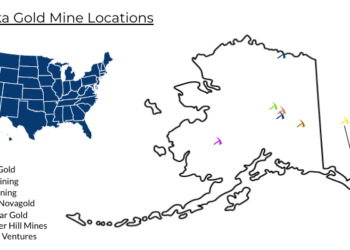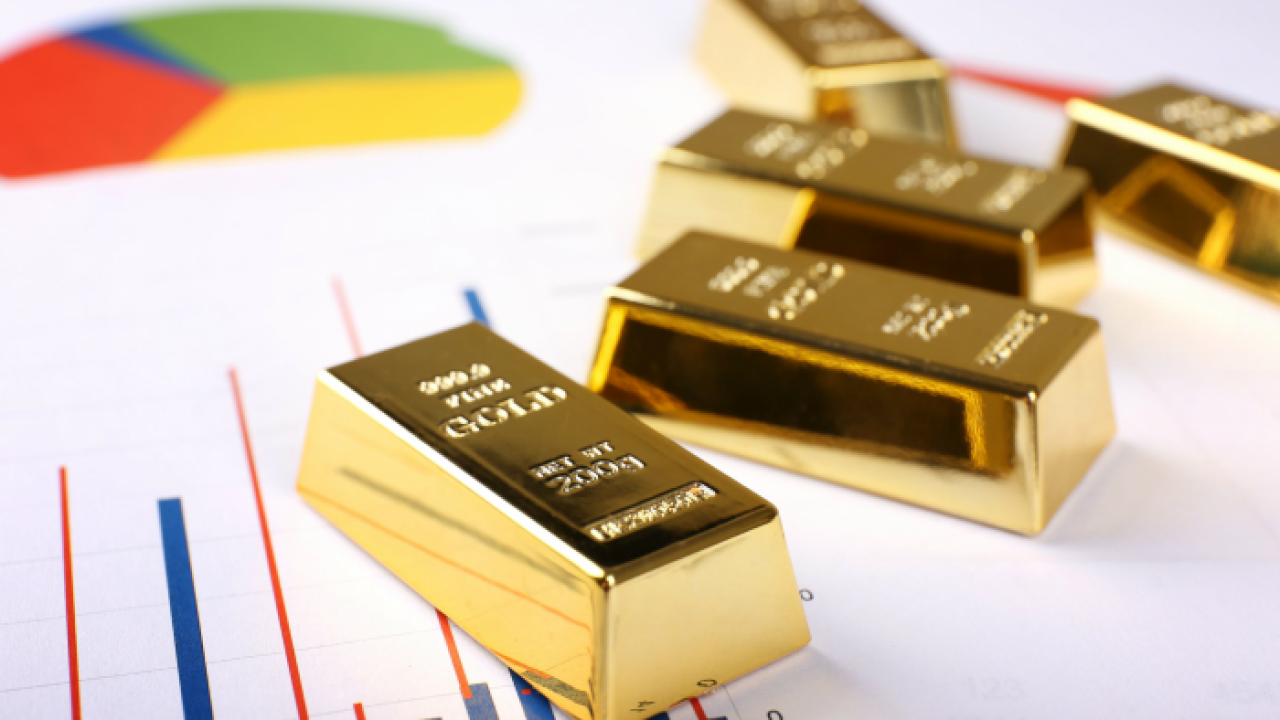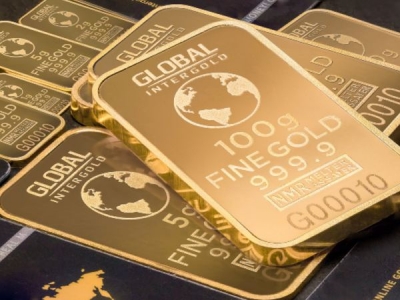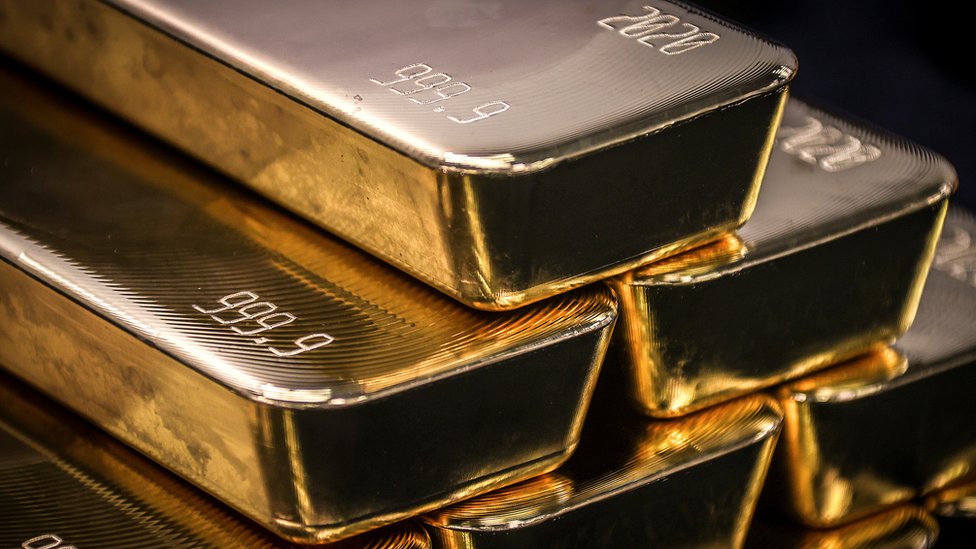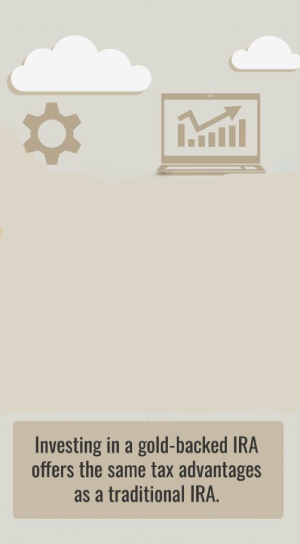Gold and U.S. currency’s relationship has altered over time, as seen by these critical events in U.S. history.
Key Dates In The Relationship Between The US Dollar And Gold
Gold’s $35 per ounce value was used to protect the U.S. dollar in 1944 when the Bretton-Woods agreement was signed, making the dollar the official currency of the world.
Due to an increase in gold demand, the Federal Reserve Notes requirement to be gold backed was repealed by the United States Congress in 1968.
The gold-to-dollar parity was frequently altered by the US government between 1968 and 1971. This shift was influenced greatly by the high price of the War In vietnam and the severe economic downturn brought on by the oil crisis.
Even though President Nixon declared in 1971 that U.S. dollars would no longer be converted into gold just at official exchange rate, other countries did not wish to hold U.S. dollars and instead converted them into gold, depleting U.S. gold holdings.
The price of an ounce of gold rose between $35 to $38 in the United States in 1972.
Gold’s price was increased to $42.22 per ounce in 1973. As a result, the plan was scrapped since the United States would have had to convert an excessive amount of its own currency into gold. This ended the Bretton-Woods system for good.
The price of gold has risen to $183 by the year 1974. A gold rush was sparked by long-term stagflation, banking and economic difficulties, rising oil costs, and the Yom Conflict in the Middle East.
In 1975, the Nyc and Chicago gold exchanges began selling gold for future delivery, and Nixon officially abolished the gold standard in 1976.
Khomeini’s revolution in Iran led to the second oil crisis in 1979, which pushed price of gold to historic highs. These costs hit $678 in January 1980.
In September 1980, the price of gold was $675, yet Reagan’s economic policies solved many of the United States’ economic woes at that time. The Fed eliminated inflation by raising interest rates to double digits, but it also triggered a recession.
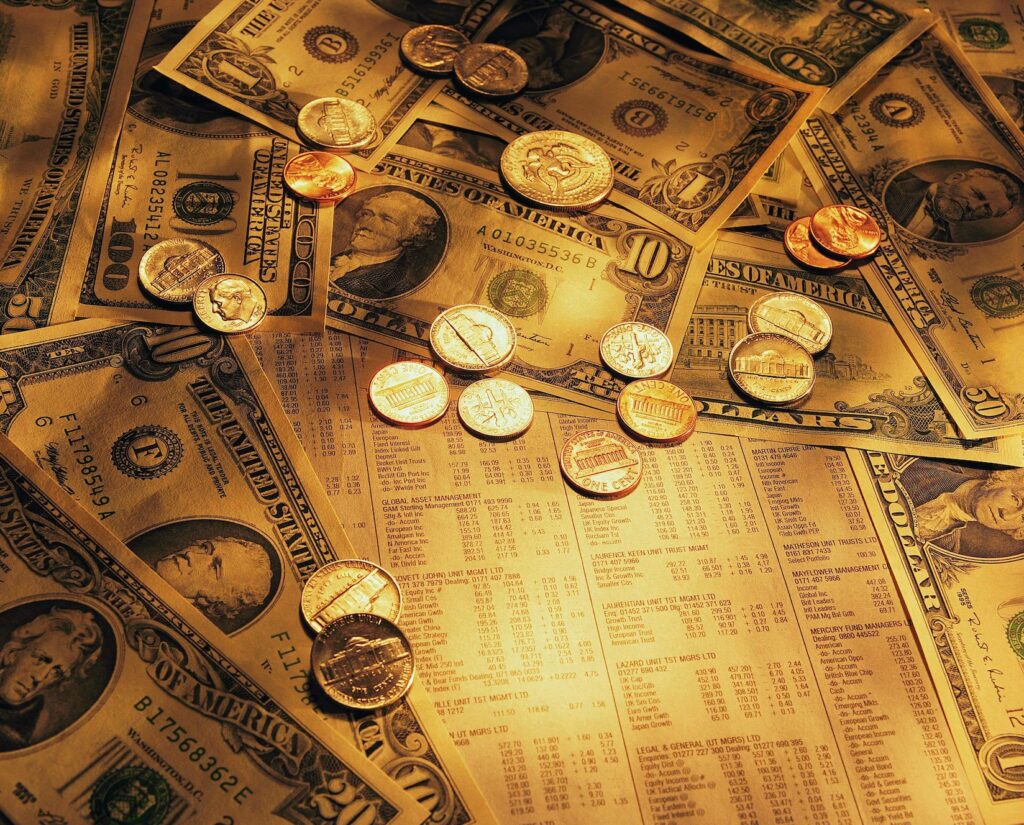
At a modest $256 an ounce in June 1999, gold had shown to be a sound investment, and by October 1999, it had risen to a 2 high of $338 following an agreement to restrict gold prices by 15 European federal reserve.
Gold broke above $400 for the first time in 2003-2004, and investors began to use it as a form of portfolio insurance.
Gold prices hit $600 an ounce in April 2006.
As a result of the financial crisis, gold’s price soared to $869.75 an oz in 2008. Gold hit $1,000 for the first level in US futures market history in the months that followed.
For five consecutive trading months to September 2010, gold touched a record high of $1,296.10. A few months ago, in December, gold hit a new record high of $1,425 an ounce.
Because of concerns about a U.S. default, the value of a gram of gold rose to an all-time high of $1,895 in October 2011. It has steadily declined to $1,100 an ounce since then, as the US economy has strengthened and inflation has remained low. Since reaching a recent high of $1,287, gold prices have been steadily rising.
Lessons Learned From The Gold Price
As time has passed, it is clear that the decision can own gold has existed for many centuries. Even though gold’s price has fluctuated since the United States abandoned the national standard, its dollar worth has risen steadily over time.
If you want to protect your purchasing power, avoid counter-party risks, and offset the inevitable decline of the dollar, euro, and yen, you might consider investing in gold coins and bars.
It’s currently worth almost $1,300 to buy a kilogram of gold that cost $38 in the late 1960s (equal to $258 today).


